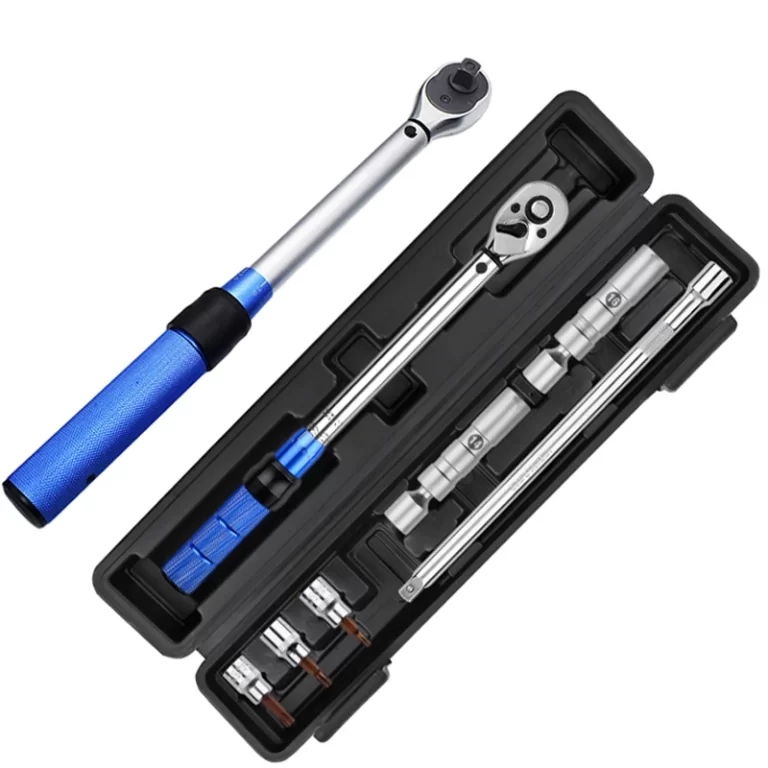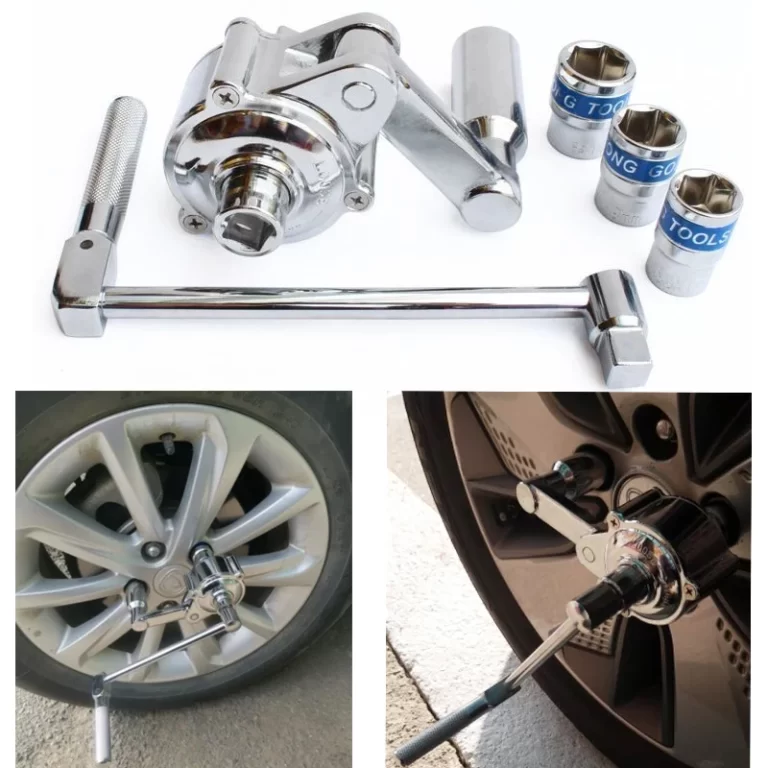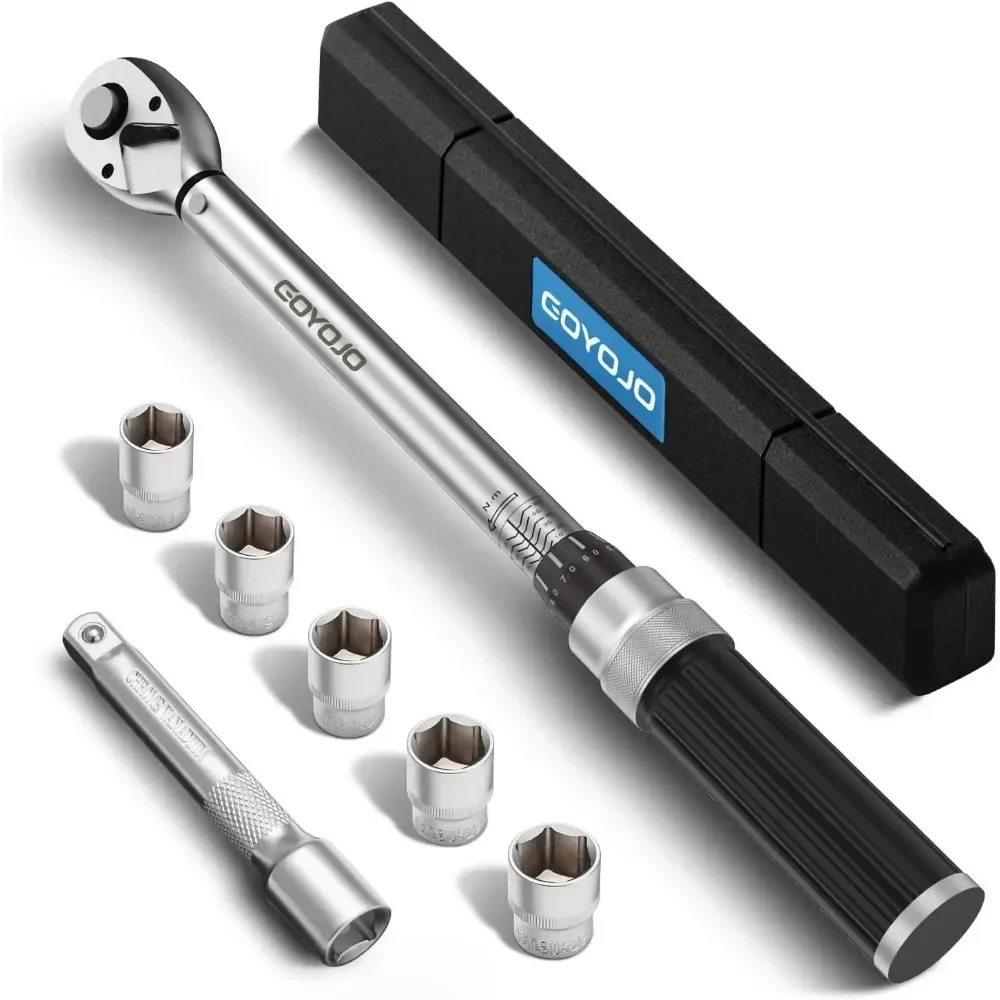
Torque Wrench Inch Pounds: Your Guide to Precision Tightening
A torque wrench inch pounds is a vital tool for anyone who values accuracy in mechanical work. Whether you’re tightening bolts on a car engine, assembling bicycle parts, or working on delicate machinery, applying the correct amount of force matters. Too little torque can lead to loose connections. Too much can damage threads or break components. That’s where a torque wrench calibrated in inch pounds becomes essential.
In fact, what makes a torque wrench inch pounds so useful is its ability to deliver precise, repeatable results. This unit of measurement—inch pounds (in-lb)—is ideal for small fasteners that require low torque settings. It offers finer control than foot pounds, which are better suited for heavy-duty tasks. Today, mechanics, engineers, and DIY enthusiasts rely on this tool for consistent performance. Therefore, understanding how to choose and use a torque wrench inch pounds improves safety, efficiency, and long-term reliability.
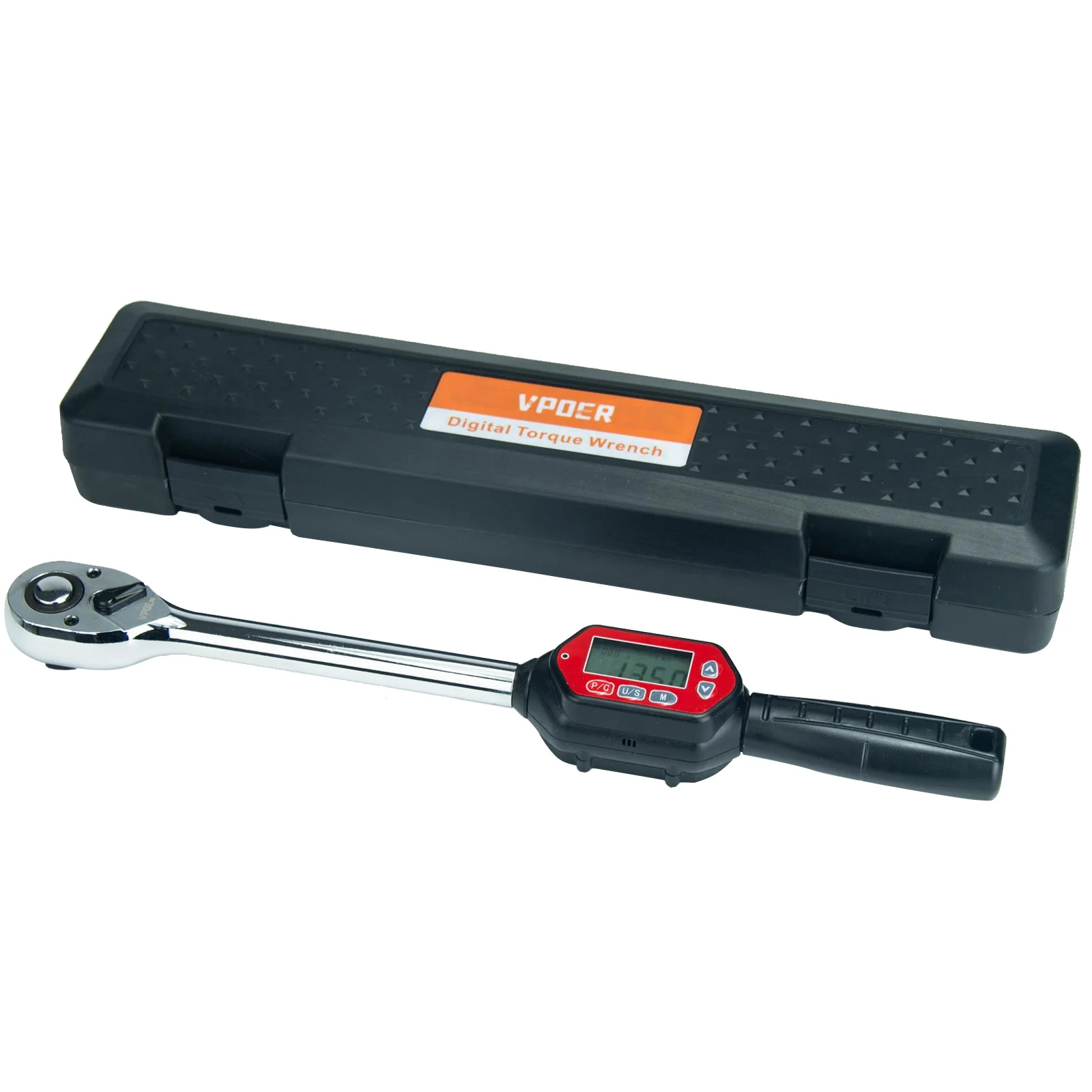 What is a Torque Wrench?
What is a Torque Wrench?
A torque wrench is a tool used to tighten fasteners to a specific torque. Torque is the measure of twisting force applied to a nut or bolt. This tool ensures that fasteners are neither too loose nor too tight. It is essential for precision work in many industries, such as automotive and construction.
Torque wrenches come in different types and designs for various tasks. They are designed to apply a specific amount of force consistently. Using one helps prevent damage to components and ensures safety during assembly.
Types of Torque Wrenches
- Click-Type Torque Wrench: This is the most common type. It makes a clicking sound when the desired torque is reached.
- Beam Torque Wrench: This basic type uses a scale to show the applied torque.
- Digital Torque Wrench: It offers precise readings and often includes electronic displays.
- Dial Torque Wrench: This type features a dial indicator for precise torque measurement.
- Split Beam Torque Wrench: Known for durability, this type maintains accuracy over time.
Each type serves specific purposes and is chosen based on the task’s requirements.
Key Components of a Torque Wrench
- Handle: Allows for gripping and applying force comfortably.
- Scale or Display: Displays the torque value, either manually or digitally.
- Adjustable Lock (if applicable): Secures the desired torque setting during use.
- Head or Drive: Holds the socket and connects to the fastener.
- Ratchet Mechanism (in some models): Enables smooth adjustment and operation without removing the wrench.
Understanding these components helps users operate the tool effectively and maintain it properly.
Why Use Inch Pounds for Torque Measurement?
Using inch pounds for torque measurement ensures precision and accuracy in tightening processes. It is important for tasks requiring small adjustments and detailed work. Torque measurements help prevent damage to components and improve the safety of assemblies.
Understanding Torque Measurements
Torque is the force applied to rotate an object, like a nut or bolt, around an axis. It plays a vital role in fastening components securely. Torque is measured in units such as inch pounds or foot pounds.
Inch pounds are commonly used in applications involving smaller parts, such as electronics and appliances. Precision is critical, and inch pounds offer better control in these scenarios. The measurement is used when the required torque is relatively low compared to heavy machinery.
Inch Pounds vs Foot Pounds: Key Differences
- Measurement Scale: Inch pounds are smaller increments, suitable for delicate tasks. Foot pounds measure larger forces.
- Specific Applications: Inch pounds are used for precise adjustments, while foot pounds suit heavy equipment.
- Conversion: 1 foot pound equals 12 inch pounds. Understanding conversion ensures proper tool settings.
Choosing inch pounds ensures accuracy and prevents over-tightening, protecting the components in small-scale applications.
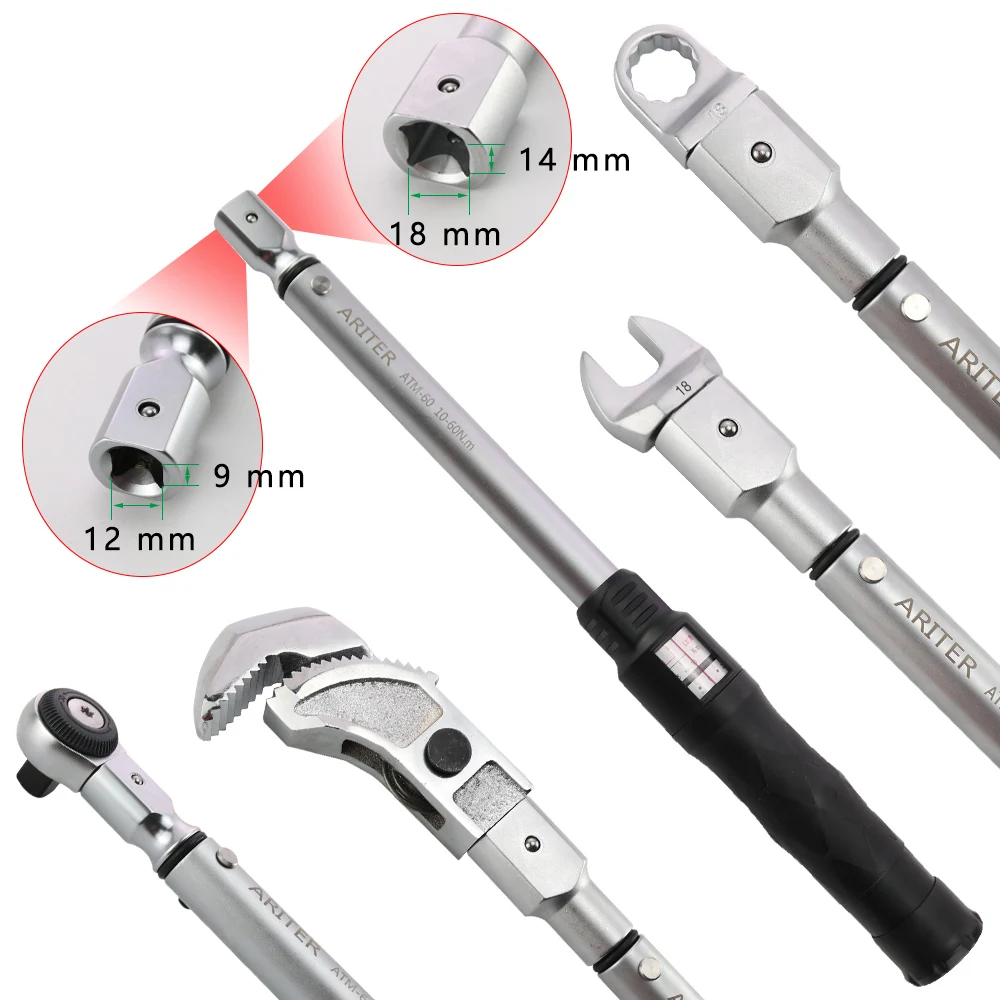 Preparing Your Torque Wrench for Use
Preparing Your Torque Wrench for Use
Before using your torque wrench, proper preparation ensures accurate and reliable performance. Calibration and setting the desired torque value are essential steps to follow.
Calibrating the Torque Wrench
Calibration ensures that your torque wrench provides accurate torque measurements. Regular calibration is vital for maintaining precision.
- Check the Manufacturer’s Instructions: Follow the guidelines for calibration frequency and method.
- Use a Calibration Device: Utilize a professional calibration tool to verify accuracy.
- Adjust as Needed: Make adjustments to align readings with the required torque values.
- Record the Calibration Date: Maintain a record for future reference and compliance.
Calibration prevents errors and guarantees reliability during use. It should be done periodically or after heavy use.
Setting the Desired Torque Value
Setting the correct torque is crucial for safety and component protection. Inch pounds are used for precise adjustments.
- Consult the Torque Specifications: Determine the exact inch-pound requirement for the task.
- Turn the Adjustment Knob or Dial: Align the torque wrench to the specified value using the built-in scale or digital display.
- Secure the Setting: Lock the adjustment mechanism to prevent shifts during operation.
- Verify the Setup: Double-check the setting before applying torque.
Properly setting the desired torque value ensures consistent results and prevents under- or over-tightening. Always handle these steps with care to achieve optimal results.
Steps to Properly Use a Torque Wrench in Inch Pounds
Using a torque wrench inch pounds ensures precise and consistent tightening for various applications. Following proper steps guarantees accurate results and prolongs the life of your tools.
Tightening Techniques and Best Practices
- Select the Correct Wrench: Choose a torque wrench designed for inch-pound measurements.
- Check the Calibration: Ensure the wrench is calibrated for accurate torque application.
- Set the Desired Torque: Adjust the wrench to match the inch-pound specification of the fastener.
- Use Proper Sockets: Attach the correct-sized socket to the wrench for a secure fit.
- Apply Steady Pressure: Turn the wrench slowly and consistently to prevent over-tightening.
- Stop at the Click or Indication: For click-type wrenches, stop applying force after the click sound.
- Double-Check Tightness: Recheck the fastener to confirm the correct torque is applied.
These best practices ensure accurate tightening and protect components from damage. Always refer to manufacturer guidelines when available.
Common Mistakes to Avoid When Using a Torque Wrench
- Skipping Calibration: Ensure periodic calibration to maintain accurate readings.
- Not Matching Torque Values: Always set the wrench to the exact inch-pound requirement for the task.
- Over-Tightening: Avoid applying extra force after the torque indicator activates.
- Using the Wrong Wrench Type: Do not use foot-pound wrenches for inch-pound tasks.
- Improper Storage: Store the wrench in a protective case and at the lowest torque setting.
- Rushing the Process: Take your time when tightening to avoid errors.
Avoiding these common mistakes ensures better performance and tool longevity. Proper use of torque wrenches protects your equipment and enhances safety.
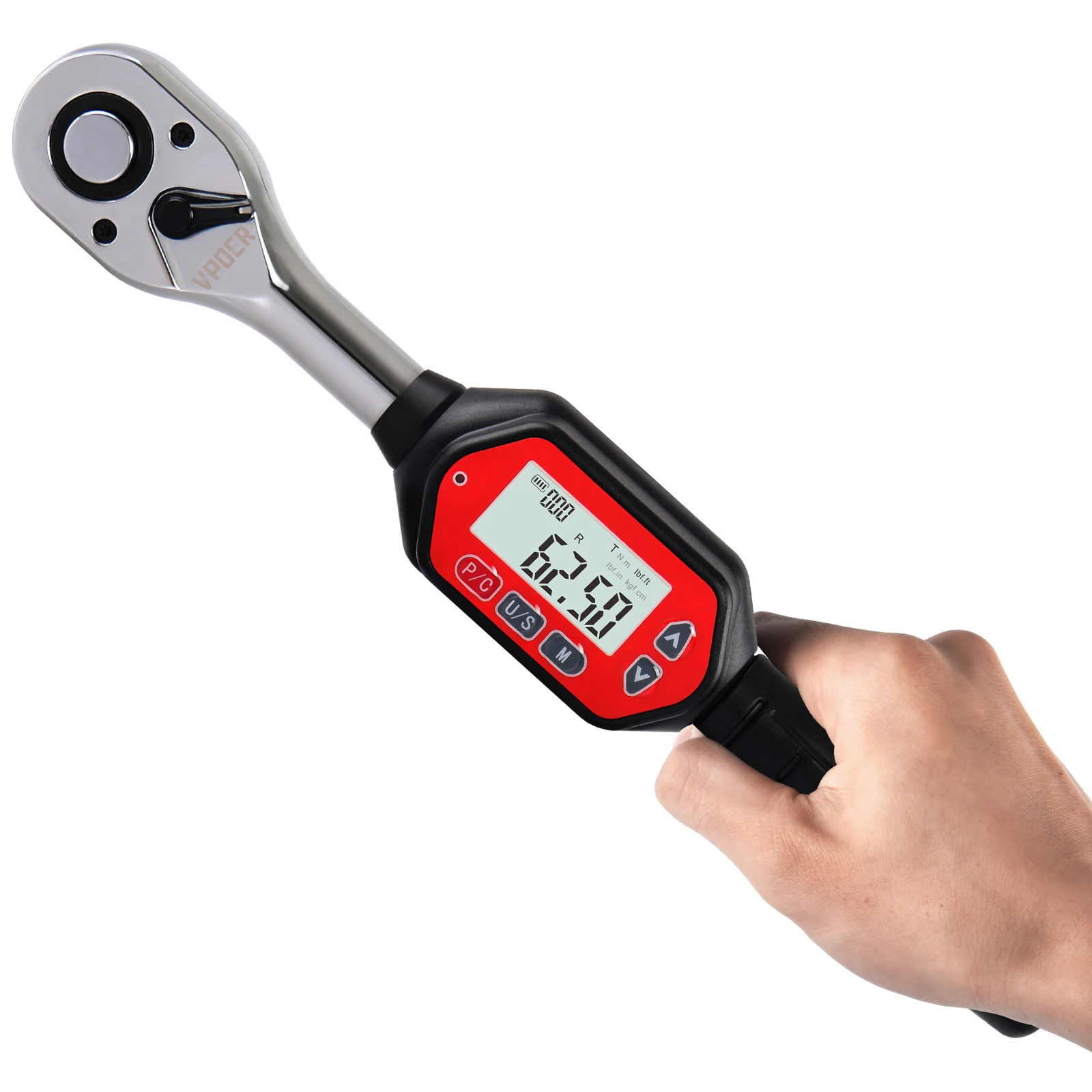 Applications of Inch Pounds in Various Industries
Applications of Inch Pounds in Various Industries
Inch pounds play a crucial role in tasks across different sectors. They ensure accurate tightening of fasteners, especially in delicate applications. Two major areas where inch-pound torque measurements are essential are the automotive industry and home repairs.
Automotive Applications
Inch pounds are widely used in the automotive sector. Many vehicle components, like engines and brakes, require precise torque application. Over-tightening or under-tightening can lead to mechanical failure or unsafe conditions.
- Engine Assembly and Maintenance: Small bolts, such as those on cylinder heads or crankcases, need exact inch-pound torque values.
- Brake Systems: Tightening brake components like calipers ensures reliable braking performance and passenger safety.
- Wheel Bearings and Steering Systems: Accurate torque prevents excessive wear on critical moving parts.
- Electronics and Sensors: Modern cars use sensitive components, where inch-pound measurements are necessary to avoid damage.
Automotive professionals rely on inch-pound torque wrenches to maintain reliability and safety during assembly and repairs.
Home Repairs and Maintenance
Inch pounds are equally useful for DIY projects and home maintenance tasks. Precise torque applications prevent damage to fixtures, appliances, and delicate materials.
- Assembling Furniture: Torque specifications ensure fasteners are secure and furniture parts remain intact.
- Repairing Appliances: Small screws and bolts in electronics need appropriate torque to avoid stripping or breaking.
- Fixing Faucets and Plumbing: Accurate torque avoids over-tightening, preventing leaks or damage to pipes and fittings.
- Installing Light Fixtures: Torque measurements help attach fragile components without cracking or loosening.
Homeowners and DIY enthusiasts can rely on torque wrenches calibrated in inch pounds for these precise, everyday tasks.
In summary, inch-pound torque wrenches are invaluable for both professional and personal use. They deliver accurate results, enhancing safety and efficiency across various applications.
Maintaining and Storing Your Torque Wrench
Proper maintenance and storage of your torque wrench extend its lifespan and ensure accuracy. Regular care prevents wear and maintains reliability. Follow these guidelines to keep your torque wrench in excellent condition.
Cleaning and Inspection
Cleaning and inspecting your torque wrench after each use is vital for its longevity.
- Wipe After Use: Clean the wrench with a lint-free cloth to remove dirt and grease.
- Avoid Harsh Chemicals: Use mild cleaning agents to prevent damage to the tool’s surface and components.
- Inspect for Damage: Check for visible issues like cracks, rust, or worn components.
- Examine Moving Parts: Verify that the ratchet mechanism and adjustment components function smoothly.
- Lubricate as Needed: Apply a small amount of lubricant to moving parts, following the manufacturer’s instructions.
Regular cleaning and inspection ensure the wrench stays accurate and ready for use when needed.
Long-Term Storage Tips
Proper storage protects your torque wrench from damage and maintains its calibration over time.
- Store at Lowest Torque Setting: Always set the wrench to its minimum torque value before storing.
- Use a Protective Case: Keep the tool in its case to shield it from dust, moisture, and impacts.
- Avoid Extreme Conditions: Store the wrench in a dry area with stable temperature and humidity.
- Keep Away From Heavy Items: Do not place heavy objects on the wrench to prevent bending or damage.
- Check Calibration Periodically: Even in storage, calibration may drift; test it regularly to ensure accuracy.
Following these storage tips ensures your torque wrench stays reliable and ready for future tasks. Proper care today prevents costly repairs or replacements later.
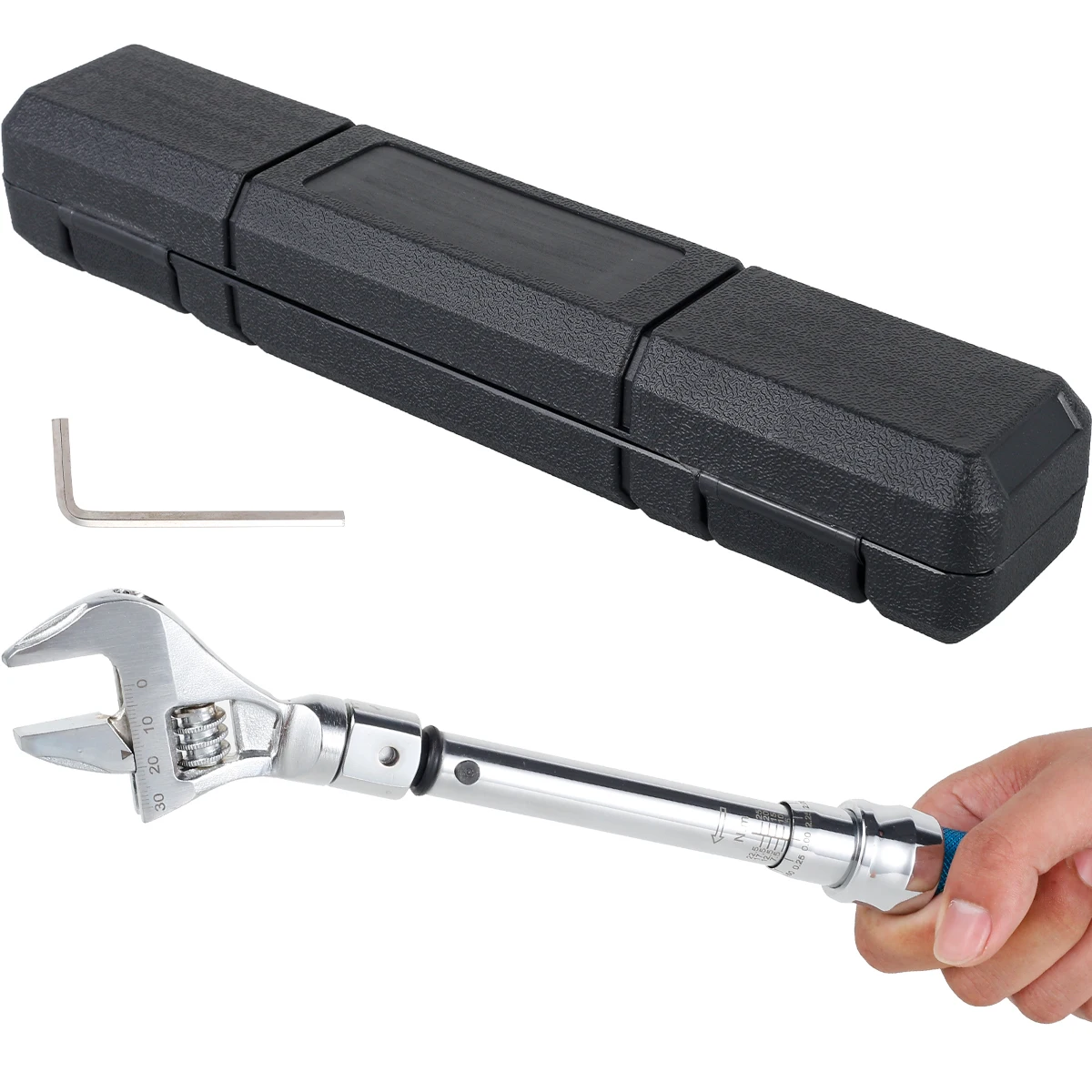 Troubleshooting Issues with Torque Wrenches
Troubleshooting Issues with Torque Wrenches
Sometimes, torque wrenches may face performance issues or fail to provide accurate results. Troubleshooting these problems is essential for maintaining precision and ensuring safety.
Identifying Calibration Errors
Calibration errors can lead to inaccurate torque measurements. Detecting and fixing these errors is crucial.
- Look for Incorrect Torque Outputs: Check if the applied torque matches the required setting.
- Verify With a Calibration Tool: Use a professional device to assess the wrench’s accuracy.
- Inspect For Wear and Tear: Examine the scale, drive, and moving parts for damage or misalignment.
- Check Adjustment Components: Ensure the adjustment knob or dial moves freely without obstruction.
- Test Different Settings: Apply torque across various values to identify inconsistencies.
Correcting calibration errors involves adjusting the wrench or seeking professional calibration services. Regularly monitor your tool to prevent issues over time.
Repairing or Replacing Faulty Tools
A faulty torque wrench can affect performance or damage components. Prompt action is required to restore functionality.
- Identify Visible Damage: Look for cracks, rust, or other physical issues.
- Test Ratchet Mechanism: Ensure smooth operation without jamming or slipping.
- Check Handle and Lock Mechanism: Verify if they are secure and functioning correctly.
- Replace Worn Parts: Swap damaged components using replacement parts from the manufacturer.
- Seek Professional Repair: Consult experts for complex issues or specialized repairs.
- Consider Tool Replacement: If repairs are impractical or costly, invest in a new torque wrench.
By addressing calibration errors and performing repairs, you can maintain the reliability of your torque wrench. Regular care minimizes failures and enhances safety during usage.
Frequently Asked Questions
What is the difference between inch pounds and foot pounds?
One foot pound equals 12 inch pounds. Inch pounds are used for lighter, more precise tasks.
Can I use a foot-pound torque wrench for inch-pound jobs?
Not accurately. Foot-pound tools lack the sensitivity needed for low-torque applications.
How tight is 50 inch pounds?
It’s moderate—enough for medium-sized bolts on engines or transmissions. Always refer to specs.
Do I need to calibrate my torque wrench?
Yes. Regular calibration ensures accuracy. Tools used frequently need checks every few months.
Are cheap torque wrenches reliable?
Some budget models work well. However, mid-range options from brands like CDI, Tekton, or GearWrench offer better durability and precision.
 Why a Torque Wrench Inch Pounds Is Worth the Investment
Why a Torque Wrench Inch Pounds Is Worth the Investment
Understanding the role of a torque wrench inch pounds reveals its true value. It brings precision to tasks where guesswork can lead to failure. From preventing stripped screws to ensuring safe operation, it protects both equipment and people.
Whether you’re a mechanic, cyclist, or hobbyist, owning one improves confidence and quality. It supports adherence to technical guidelines. It reduces rework and costly mistakes.
Moreover, as technology advances, more devices require exact torque. Carbon fiber parts, electric vehicle components, and smart appliances all demand care. Hence, the need for a torque wrench inch pounds continues growing. Indeed, what is a torque wrench inch pounds if not the key to controlled, reliable, and professional-grade results?
